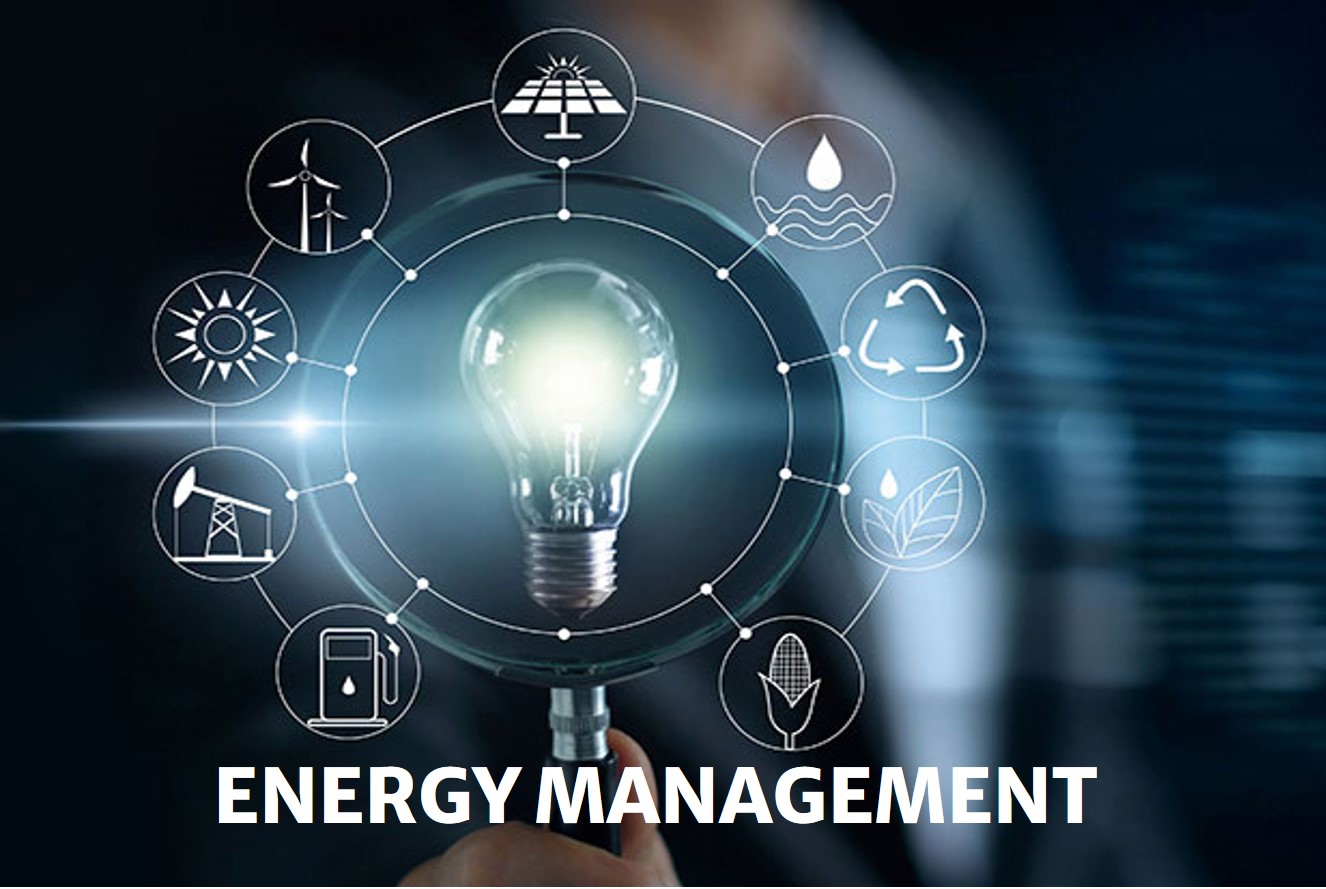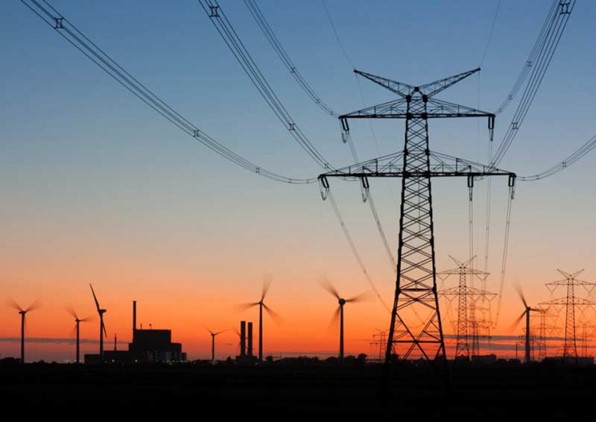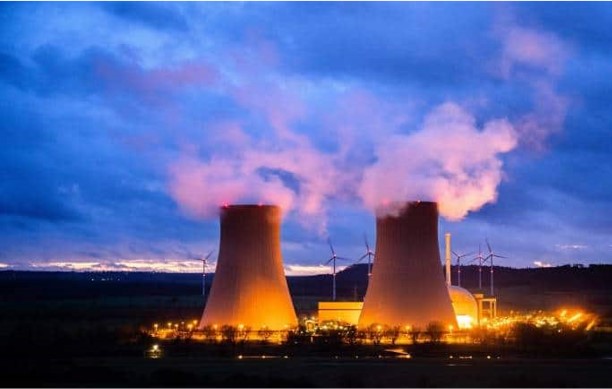
How to Choose the Right EMS provider?
Choosing the right energy monitoring solution provider can significantly impact your journey towards improved energy efficiency, cost savings, and sustainability. With various options available, making an informed decision requires careful consideration of your specific needs and the provider's capabilities. Here's a detailed guide to help you navigate the selection process:
Critical Parameters for Evaluation:
1. System Capabilities:
- Technical Compatibility: Ensure the solution seamlessly integrates with your existing electrical infrastructure and equipment.
- Monitoring Scope: Choose a system that monitors relevant energy sources (electricity, gas, water, etc.) and equipment specific to your facility.
- Data Acquisition and Management: Evaluate the data collection methods (sensors, meters), real-time and historical data storage capacity, and accessibility.
- Data Visualization and Analytics: Assess the user interface, reporting capabilities, and available dashboards for clear data visualization and actionable insights.
- Scalability: Consider future growth and expansion needs when choosing a solution with scalable hardware and software capabilities.
2. Provider Expertise and Experience:
- Industry Experience: Seek providers with experience in your specific industry or similar facilities to understand your unique challenges and needs.
- Technical Expertise: Evaluate the provider's technical team's qualifications and proven track record in implementing energy monitoring solutions.
- Project Management: Assess their project management methodology, communication strategies, and ability to deliver on time and within budget.
- Customer Support: Consider the quality and accessibility of their customer support, including training, troubleshooting, and ongoing maintenance.
3. Cost and Value Proposition:
- Hardware and Software Costs: Compare upfront costs for equipment, software licenses, and installation.
- Subscription Fees: Understand monthly or annual subscription fees for data storage, analytics, and support services.
- Return on Investment (ROI): Analyze the projected cost savings or efficiency gains generated by the solution to assess your overall ROI.
- Hidden Costs: Be aware of any potential hidden costs, such as data overage charges or additional services needed.
4. Additional Considerations:
- Data Security: Ask about data security measures to ensure your sensitive energy consumption data is protected.
- Compliance: Verify that the solution complies with relevant industry regulations and standards.
- Certifications: Check for industry certifications and awards showcasing the provider's reliability and competence.
Beyond the Checklist:
- Schedule Live Demos: Request live demonstrations of the system to gain hands-on experience with its functionalities and user interface.
- Negotiate and Finalize Agreements: Clearly define service agreements, warranties, and expectations before signing any contracts.
- Remember, the "right" provider depends on your unique needs and priorities. By carefully evaluating these critical parameters and conducting thorough due diligence, you can select an energy monitoring solution that empowers you to achieve your energy efficiency goals and contribute to a more sustainable future.
Recent Post

Tag Cloud
Scope of Energy Audit:
Identify areas of opportunity for energy saving and recommend the action plan to bring down total energy cost in the organisation.
Read MoreStay Updated!!!
Quick Links
Popular Links
Get In Touch
Bangalore, Karnataka
info@jouleye.com
99000 34002



